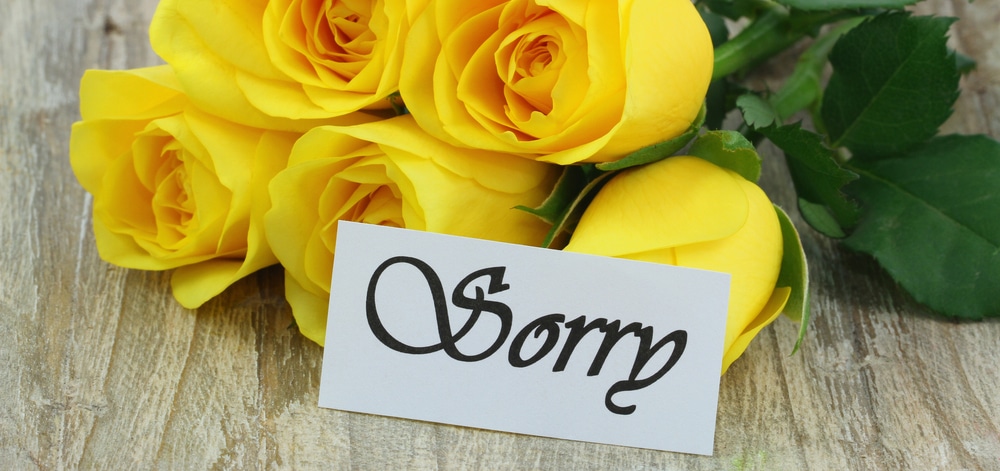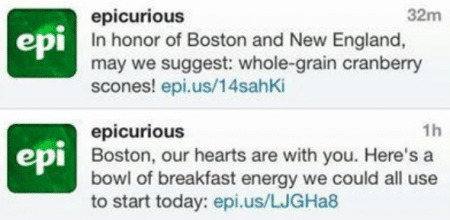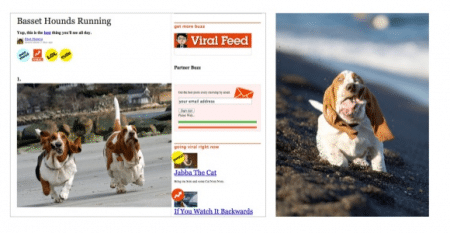AIMCLEAR‘s coverage of SMX Social continues with tips for recovering from social media blunders and steps to create viral content. Ric Dragon shared a preview of the session with us earlier, so check it out!
To kick things off, Sandra Fathi, President at Affect, shared best practices for crisis communication in Recovering From A Social Media Mistake. Yes, it happens. Brands inevitably experience unexpected slip-ups at some point in time. The difference between a plummeting reputation and audience forgiveness is preparation. The lines between social media and PR crises are seriously blurred. Online crises will reverberate offline, and offline crises will be heard online.
Sandra outlines the four phases of crisis communications: readiness, response, reassurance and recovery.
When a crisis strikes, you often only have minutes to respond. Keep these recommended crisis response times in mind:
- Twitter: Minutes, up to 2 hours
- Facebook: Up to 12 hours
- Blogs: Up to 24 hours
- Mainstream media: 1 to 2 days
When things go south
In the case of an unexpected tragedy, utilize social media to humanize the brand. Social media is a vastly interactive platform allowing swift responses to customer concerns in real time, and responding quickly in the event of a mistake allows the brand to be in more control of the message.
Pack up your crisis toolkit:
- Develop materials: Have key messages and information available. Anticipate a problem before it even occurs.
- Messages/FAQ
- Prepared statements
- Press release template
- Customer letters
- Train employees: Due to lack of information, your employees might unintentionally cause more harm than good in a crisis, so training is incredibly important.
- Awareness
- Anticipation
- Organizational preparation
- Prepare channels: If a mistake happens, prepare your social channels for a stream of questions and/or concerns from your customers. Be prepared with positive answers.
- Hotline
- Social media
Remember: an apology is not an admission of guilt. It makes your brand human in a crisis. What are the best practices for preparing a response? Don’t delay or hide the crisis. If someone uncovers the crisis situation, be sure to acknowledge the impact it has on the affected parties right away. With a little pre-planning, overcoming a crisis is possible.
Next up, Ric Dragon, CEO of DragonSearch, taught session attendees how to learn from the unfortunate social media missteps of others. A basic tip to keep in mind, according to Ric: Anytime someone has been hurt, don’t use it to promote your brand.
Below are some examples of brand insensitivities Ric cited. SpaghettiOs promoted its brand through the mention of Pearl Harbor.
After receiving major backlash, the brand later apologized.
Epicurious jumped on the opportunity to promote its breakfast treats after the Boston tragedy, and also later apologized.
Key takeaways:
- Own your mistake. When a mistake has been made, own it. Don’t try to suggest that someone hacked into your account.
- Be careful, but be QUICK. Carefully consider how to respond on social media, but don’t let the clock tick away either.
- Apologize & make it personal. Make your apology personal. Apologize to specific people if necessary, one by one.
To wrap things up, Joe Puglisi, Senior Creative Strategist at Buzzfeed, hit the stage for The Elements of Viral-Worthy Content.
Fun facts about Buzzfeed:
- Over 150 million monthly unique visitors
- 75 percent of visits are from social and over half of visits are from mobile
- 500 pieces of content created a day (WOW!)
Buzzfeed began as an experiment. Early hits and viral images? Basset hounds running. How can you look at those pictures and not smile? 🙂
Joe suggests renaming “viral-worthy” content to “shareable” content. The core of Buzzfeed is to create things that people want to share. Distribution is through people, and often occurs in a nonlinear path, said Joe. Ask yourself, how can I get folks on the Internet to spread my content? Keep in mind, social and mobile are the new primary distribution channels. This carries the most potential for your audience to organically share content. The basis of good content is to understand how the content will find its audience.
How does Buzzfeed continually create those silly, wacky, heartwarming, cute articles that appear in your social channels almost daily? The company considers the distribution of content with equal importance to its storyline.
Good content is social intelligence mixed with social science.
Consider these three basic questions when you create content:
- Would anyone share this?
- Is it human?
- Is it relevant?
Thank you Sandra, Ric and Joe for a great session filled with captivating visuals and interesting info! Day two of SMX Social is in full swing, so be sure to follow along on @AIMCLEAR‘s social channels and check back here for more coverage!













